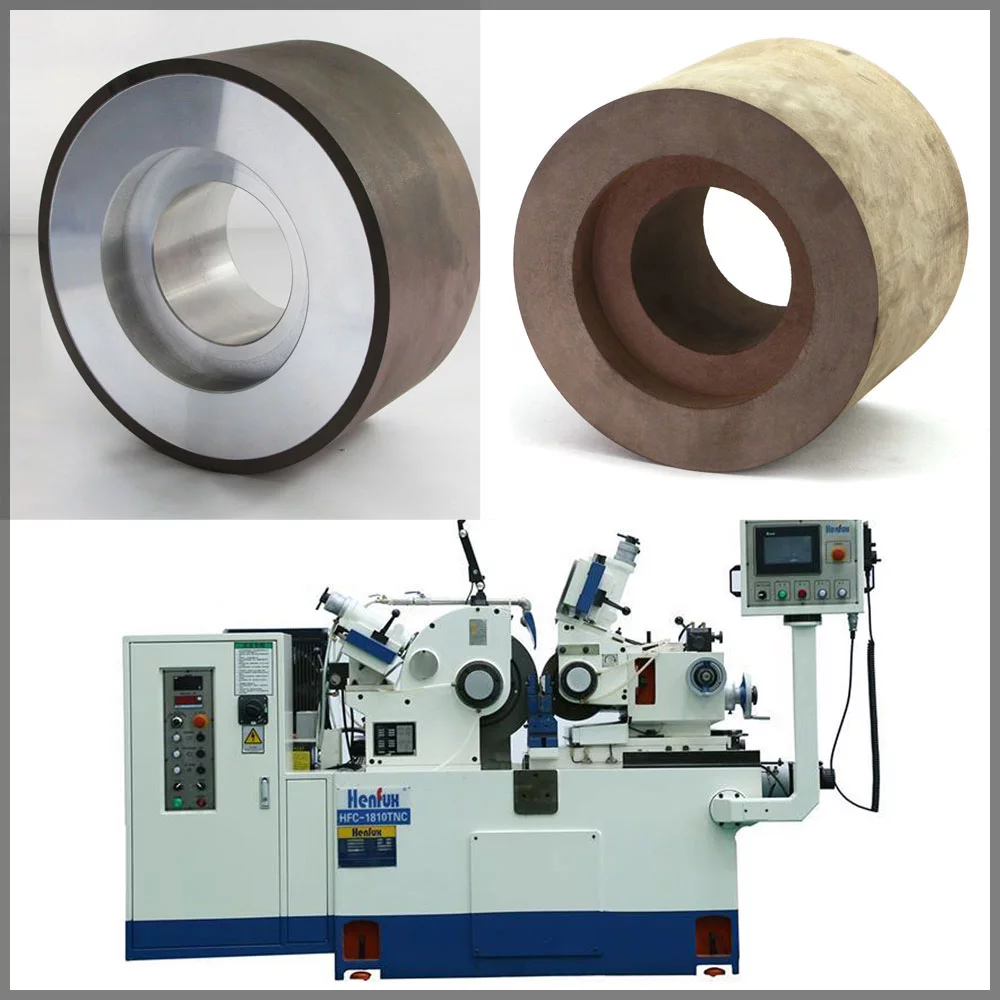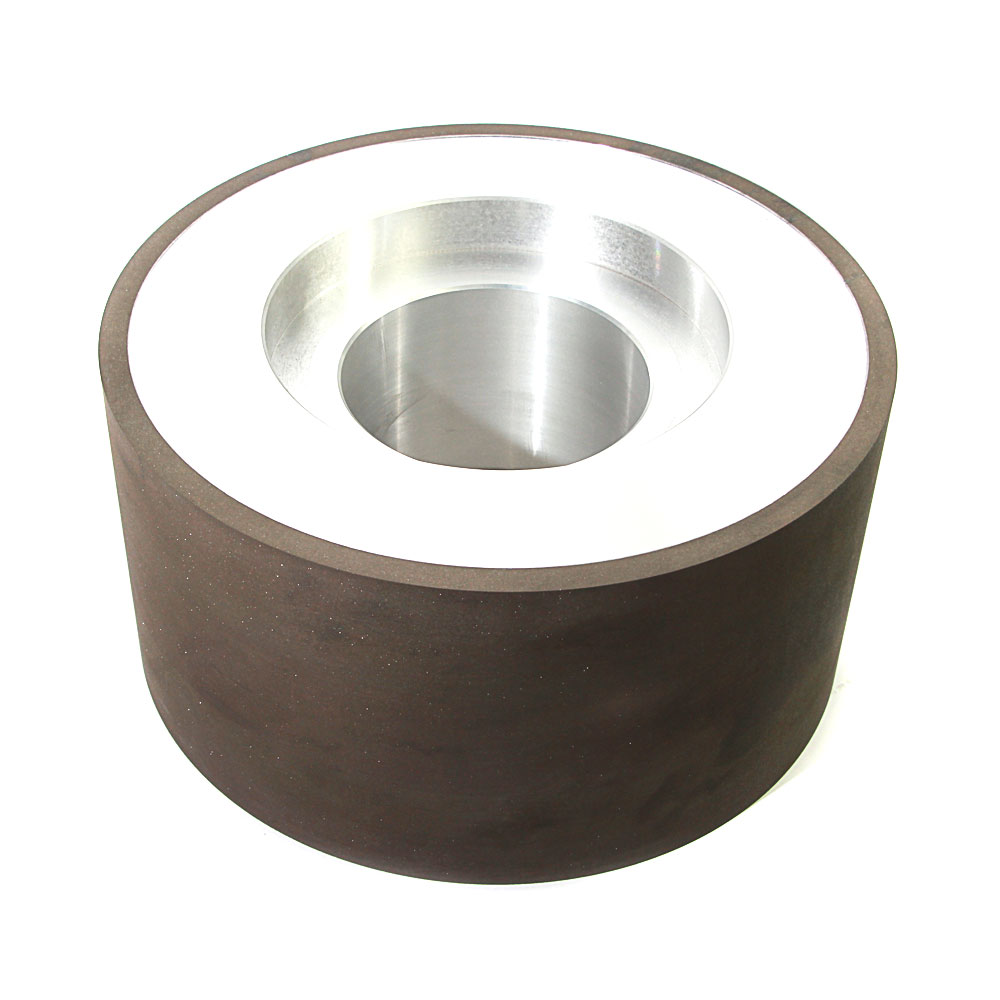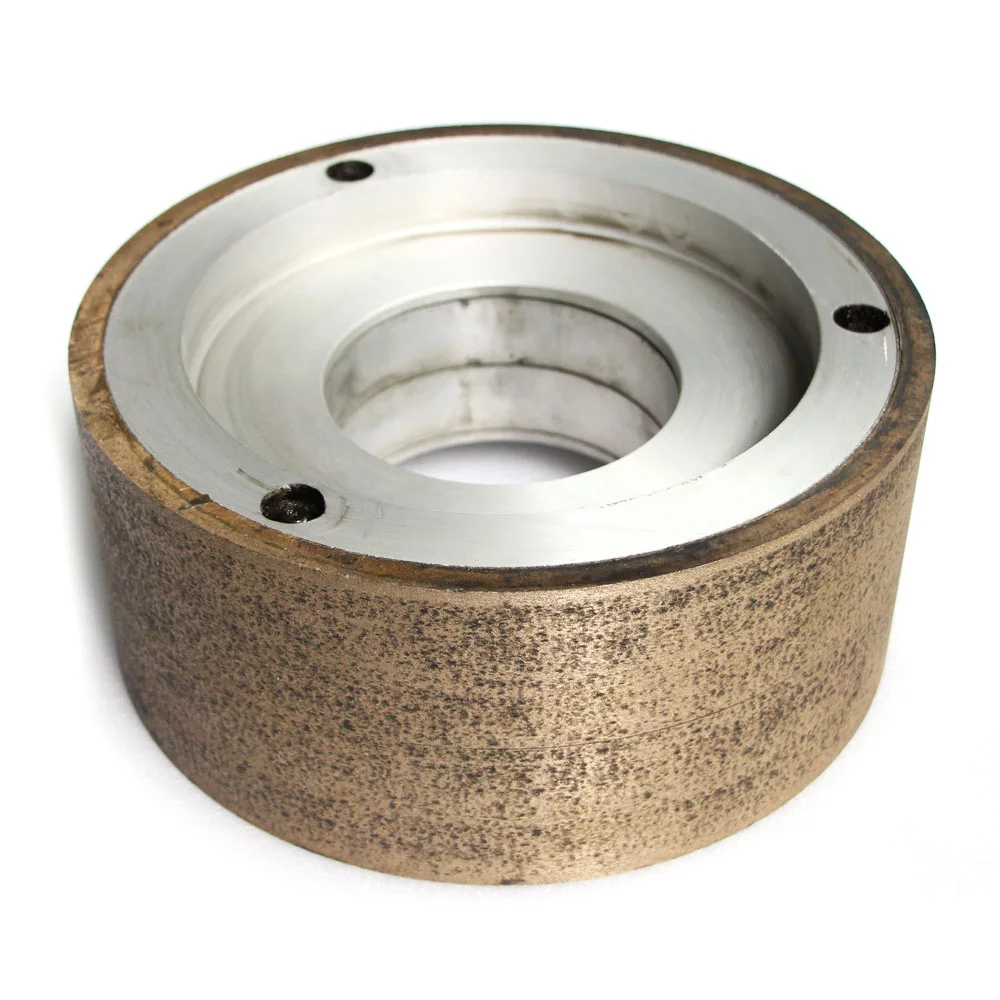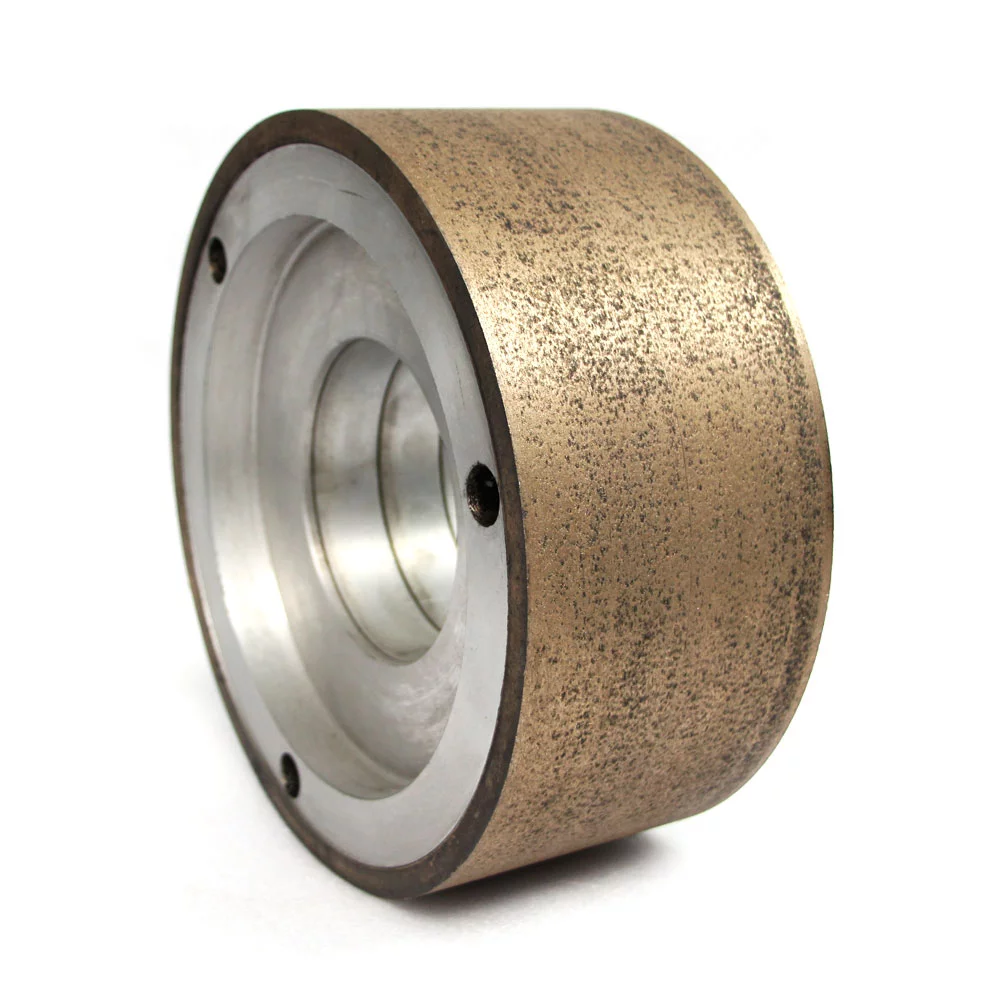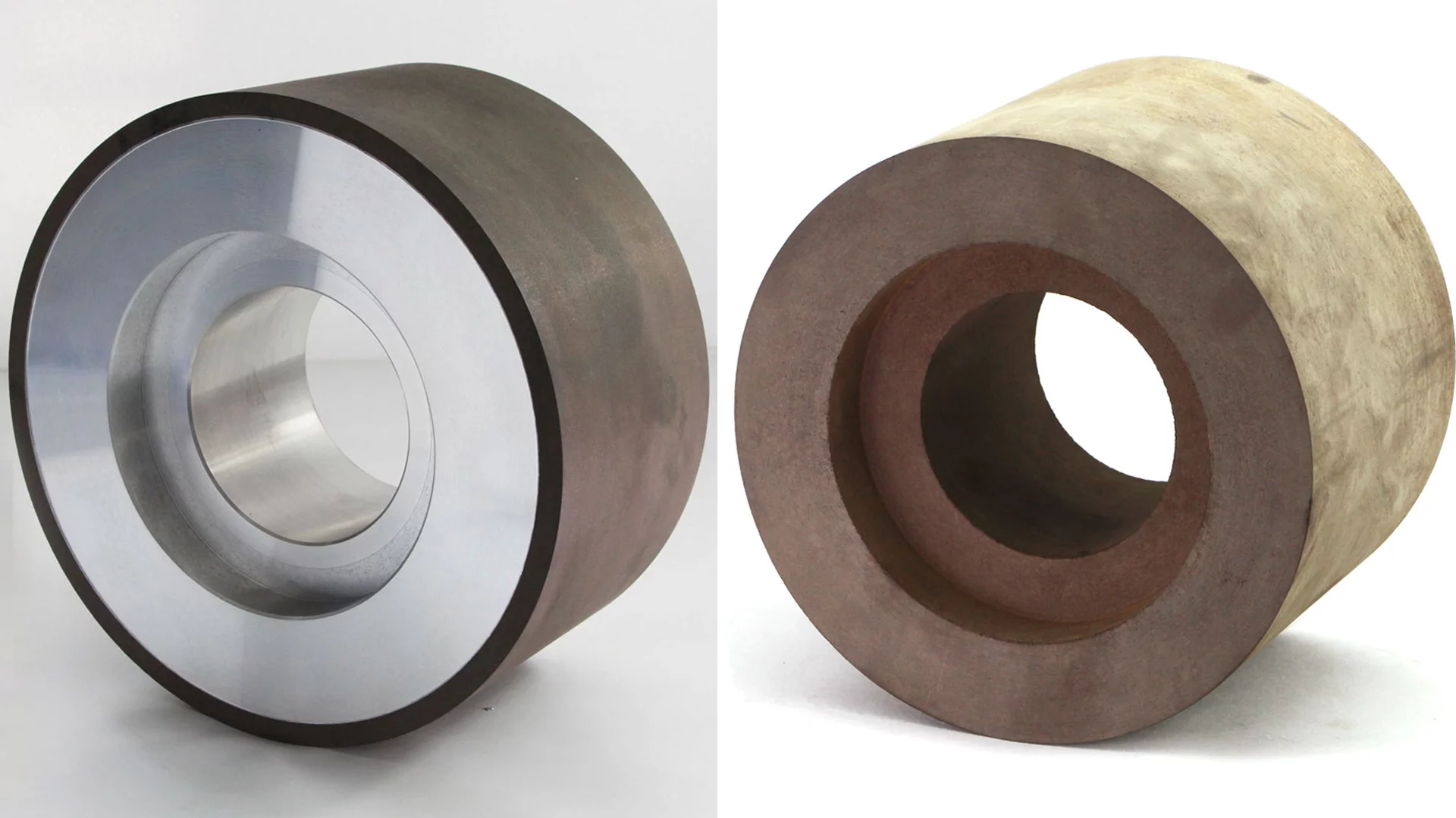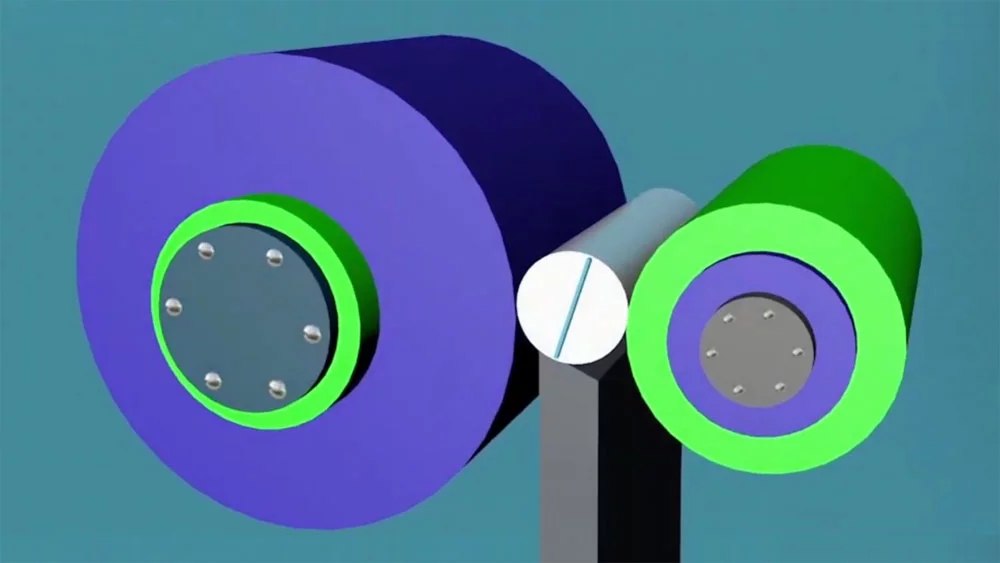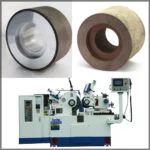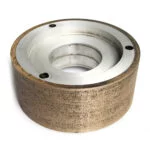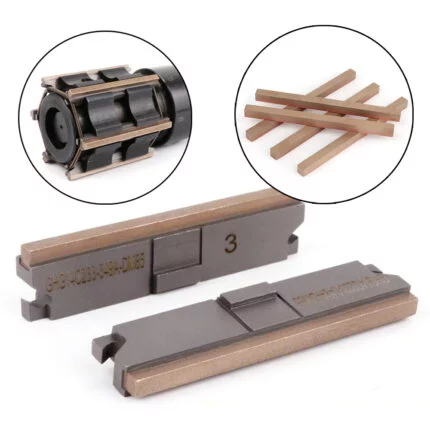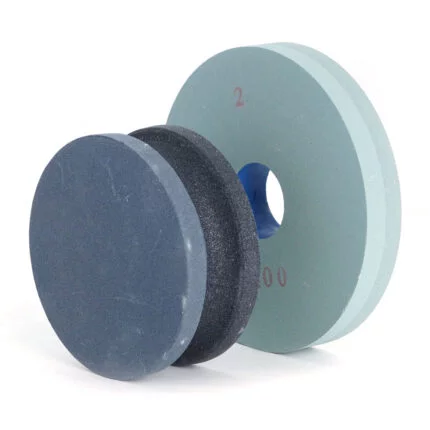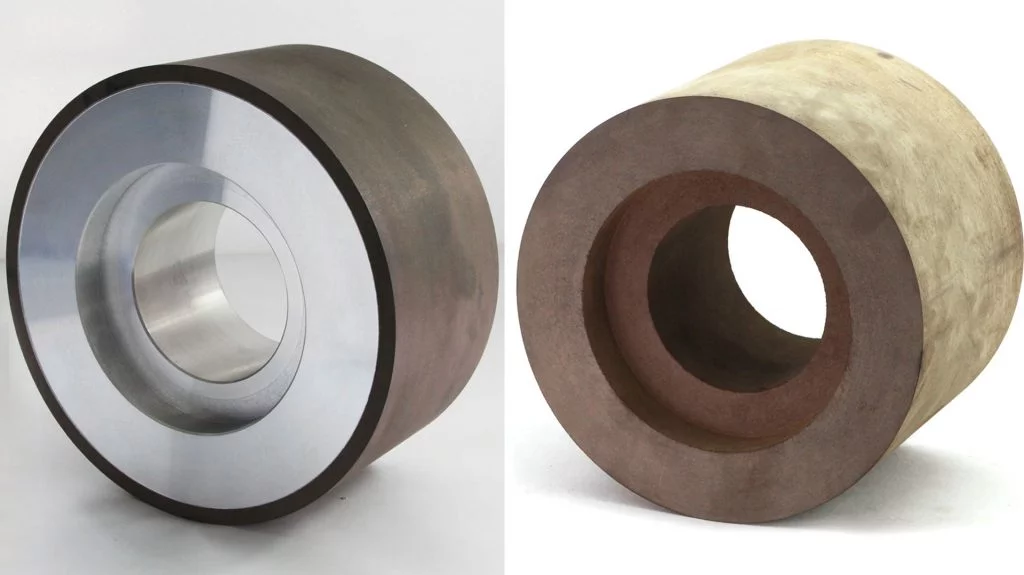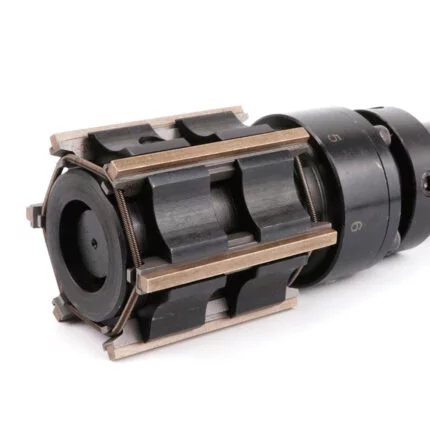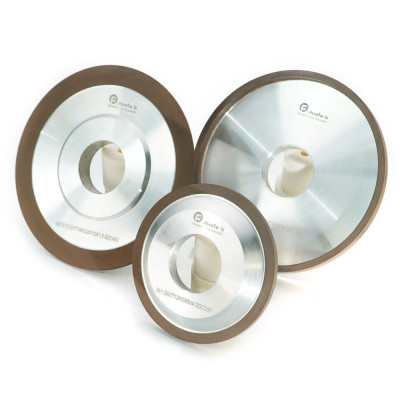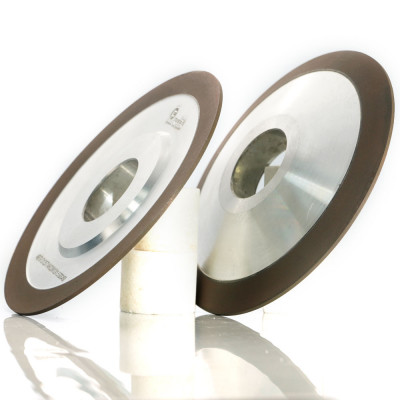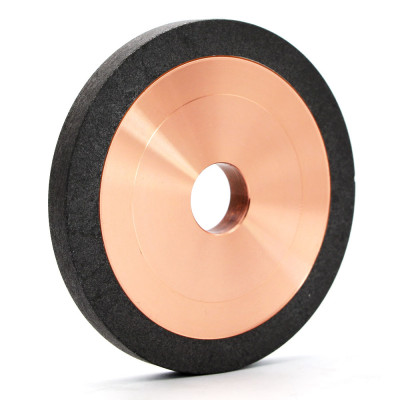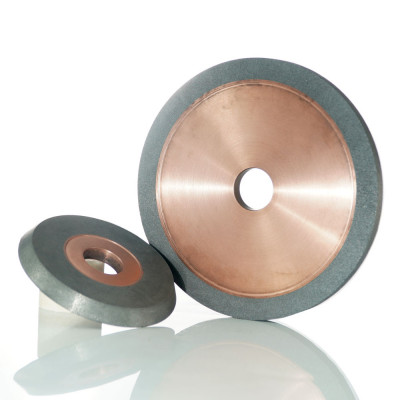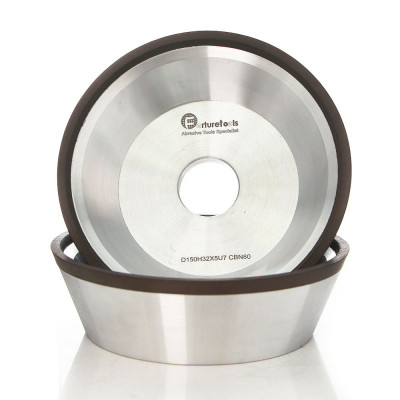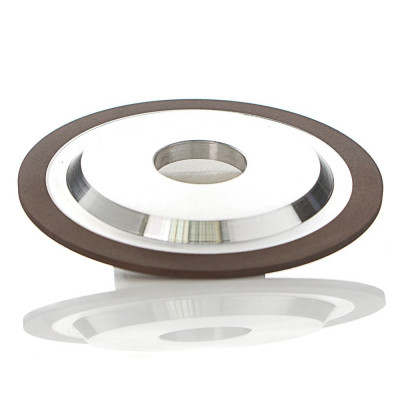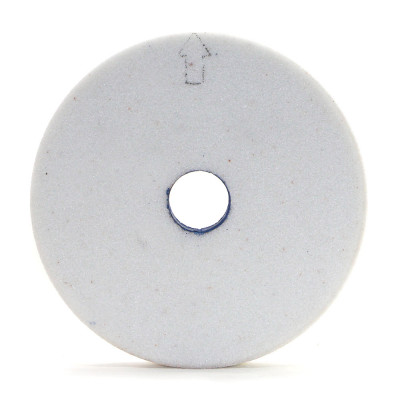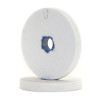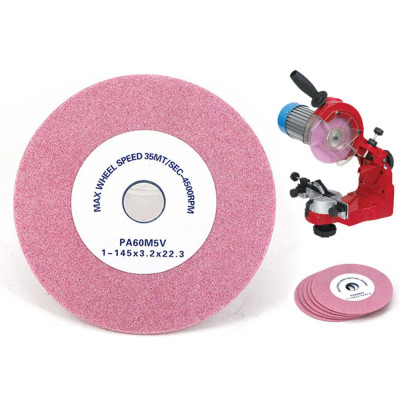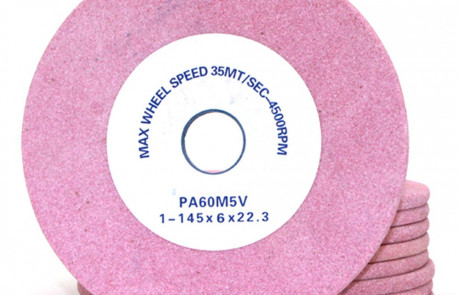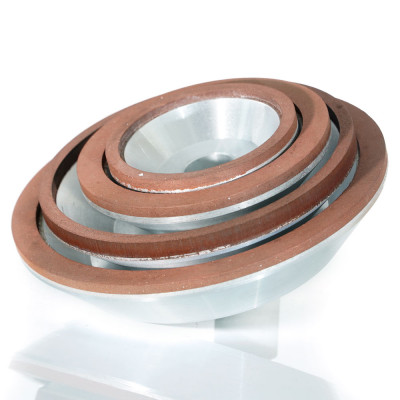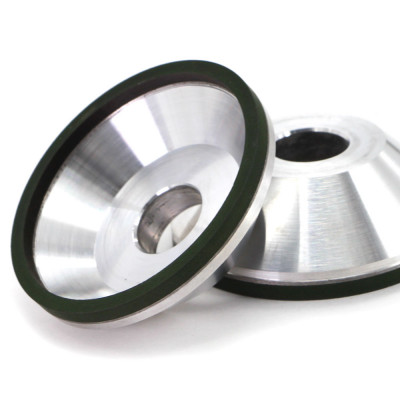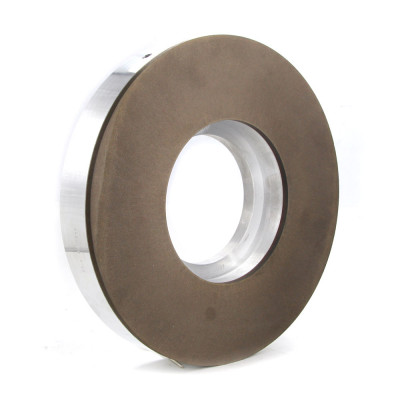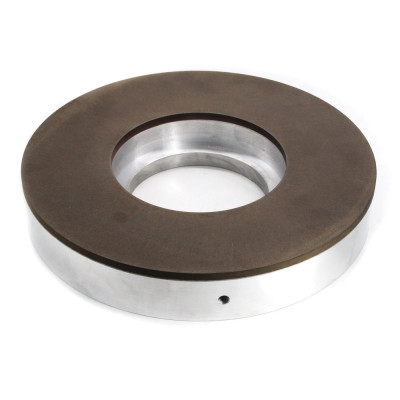Brief Description of Centerless Grinding Wheels:
A particular grinding wheel for centerless grinding machines is the super-hard centerless grinding wheel. Tungsten carbide, ceramics, magnetic materials, PDC tools, and other hard and brittle materials are all ground with it. Diamond and CBN are two forms of abrasives that are often utilized in the manufacture of centerless grinding wheels. Resin, vitrified, and metal bonds are the three types of bonding employed. Due to the high efficiency, high accuracy, and long life of diamond or CBN centerless grinding wheels, it is suitable for a large batch of automated pipe, rod, and trap for external grinding. Whether it’s the quality of the end product or the consistency of the process, the classic abrasive centerless grinding wheel is better in both.
Features of Diamond/CBN centerless grinding wheels:
- The capacity to refine oneself
- Cutting is really precise.
- Enhanced efficiency
- Future-oriented
- Longer service life and lower noise levels
- Heat production is reduced.
- High performance at a low cost.
- Enhance surface finishes by making them exceptionally smooth.
- With a solid link and fewer damage, you may expect a longer lifetime.
Detailed Description of Centerless Grinding Wheels:
-
Centerless Grinding Wheels Working Principle:
There is no headstock or tailstock on the high precision centerless grinding machine. Instead, a pallet and a regulating wheel, also known as a guide wheel or control wheel, support the workpiece, which is ground by a centerless grinding wheel. The centerless grinding technique is made up of three mechanisms: a centerless grinding wheel, an adjusting wheel, and a work support, with the grinding wheel doing the actual grinding and the adjusting wheel regulating the workpiece’s rotation and supplying feed speed. The work support may support the workpiece during grinding.
-
Advantages of Centerless Grinding Wheels:
- Continuous processing, no tool retractions, rapid clamping of the workpiece, and high productivity are all advantages of centerless grinding wheels.
- The guide wheel placement mechanism is more durable than a standard cylindrical grinding machine’s top and center frame, and the stock removal is substantial, making it perfect for processing thin shaft workpieces. Using centerless grinding wheels makes it easier to accomplish high-speed, high-power grinding.
-
Types of Centerless Grinding Wheels:
Centerless grinding wheels come in a variety of shapes and sizes. In the grinding business, there are two kinds of centerless grinding wheels. Abrasive wheels made of diamond and CBN are among them. Each variety has a distinct quality and use. Depending on the nature of our task, we might choose a centerless grinding wheel.
-
Diamond Centerless Grinding Wheels:
Diamond centerless grinding wheels come in three varieties: resin, vitrified, and metal bond diamond centerless grinding wheels. Hard alloy rods, tungsten carbide, and ceramics are often ground using resin bond diamond centerless grinding wheels, whereas PDC is typically ground with vitrified bond diamond centerless grinding wheels. A metal bond diamond centerless grinding wheel is widely used to grind magnetic materials.
Features :
- Operation under strict supervision
- Superhard materials are ground to perfection.
- Grinding of magnetic materials is preferred because it is cost-effective and has a long life.
- Enhanced efficiency
-
CBN Centerless Grinding Wheels:
Bearing rollers, injection nozzles, pump components, and other related products are centerless ground using CBN centerless grinding wheels. Because CBN has excellent grinding properties, vitrified bonding is a suitable option. Traditional abrasive wheels do not have to be as large as CBN wheels. Due to its similarly wide width and diameter, a ceramic core is used to reduce total weight and prevent heat deformation, as well as to preserve wheel balance, which is critical for high-speed rotation.
Features :
- High dimensional precision
- Process is really clean.
- Process reproducibility is high.
- The grinding motion is regulated and smooth.
- The capacity to refine oneself
-
Truing and Dressing of CBN/Diamond Centerless Grinding Wheels:
After a time of grinding, the grinding wheel may have a channel or become unsharp. Dressing the grinding wheel is frequently necessary. A diamond dresser or diamond rotary dresser is used to guarantee the shape and sharpness of classic abrasive centerless grinding wheels. There are truing and dressing techniques for these abrasive centerless grinding wheels.
Truing is the process of micro-cutting the grinding wheel and crushing the abrasive tip to create a micro-edge in order to achieve the necessary shape and precision. The dressing dissolves the bonding chemical that holds the abrasive grains together, allowing for a little amount of retaining debris space between them. This causes the abrasive granules to emerge, resulting in a cutting edge. Trueing and dressing of multi-porous vitrified bond very harsh abrasive centerless grinding wheels (diamond and CBN centerless grinding wheels) may usually be done at the same time due to the loose binding agent. Grinding wheels should be trued and dressed individually using thick bonding agents (such as resin or metal bond
-
Truing Tools :
For super hard abrasive centerless grinding wheels, diamond dressing tools are the most effective truing tool. Single grain diamond truing often affects the profile’s accuracy due to the wear of the dressing tool. It may be trued using a diamond rotary dresser to get a nice grinding wheel shape and prevent getting worn out too rapidly. The feed precision of the truing device is excellent, and the feed rate should be adjusted to the micron level. Excessive truing degrades the quality and life of the grinding wheel.
- Dressing Methods :
Dressing may be done in a number of different ways. Mechanical or electric machining processes (such as cutting-in sharpening with a corundum block or hydraulic jet sharpening) are often used. Metal bond grinding wheels, which act as anodes for eliminating metal bonds by electric spark or electrolysis, are generally made of the latter. If graphite powder is added to the bonding agent, the method may also be utilized for resin and vitrified bond grinding.
-
Types of Centerless Grinding, Utilizing Centerless Grinding Wheels:
Abrasive grinding, commonly referred to as centerless grinding, is a mechanical operation that employs an abrasive cut. The fundamental purpose of this method is to remove material from a workpiece. It differs from center and cylindrical grinding in that it does not need the use of a spindle or other attachments such as a jig or fixture to remove the workpiece. Based on the grinding technique, centerless grinding may be divided into two groups. The two forms of centerless grinding are internal and exterior centerless grinding.
External Centerless Grinding :
This kind of centerless grinding is used to grind the exterior of workpieces like rollers, pistons, and tubes. The grinding wheel and the regulating wheel are the two wheels used in the external centerless grinding process. The centerless grinding wheel spins faster in one direction, while the regulating wheel spins slower in the other direction. We maintain the workpiece on the work rest or supporting rest between the two wheels and grind with the help of the regulating wheel.
Internal Centerless Grinding :
This sort of centerless grinding is used to grind the interior of a workpiece or a job, such as tubes, holes, and other similar structures. Three rollers support the task: the first is called the regulating roll, the second is called the supporting roller, and the third is called the pressure roll. These three rollers keep the workpiece firmly in place. The centerless grinding wheel within the workpiece or job is rotated by the regulating wheel in this manner.
-
Notes For the Controlled Operation of Centerless Grinding Wheels:
- Before starting, examine the machine for damage and do not place anything on the machine table; instead, place the workpiece carefully.
- Before you begin, make sure the fuel tank’s oil level is normal, the cooling water tank’s water level is normal, the grinding wheel and the gap between the guide wheel and the supporting blade are normal, and the machine tool is clear of debris.
- Double-check the switches and ensure sure the safety measures, such as the protective cover, are operational before turning on the machine.
- Clean the centerless grinding wheels and the guide wheel dressing seat before starting, then fill the oil cup halfway with oil.
- Operators of the machine should be taught how to use it according to the operating instructions so that they may learn about different work ways.
- Check the oil system oil mirror and start the centerless grinding wheel and guiding wheel when the oil meter has stabilized.
- Turn on the water pump and adjust to the required quantity of water after the centerless grinding wheel and guiding wheel are working well.
- Test 1-3 pieces of the workpiece after adjusting the machine, first examining the size and appearance of the workpiece.
- Stop the machine immediately if anything goes wrong with it during the production process and fill out the relevant documentation.
- Switch off the water pump motor, turn off the water supply, and remove the work substance trapped in the machine tool by shutting off the water supply and removing the work material trapped in the machine tool.
-
Summary:
Centerless grinding wheels are a specific kind of wheel that is used in a centerless grinding machine for the grinding operation. These grinding wheels are generally made of two kinds of abrasive. Diamond and CBN abrasives are examples of this. Depending on the nature of your task, you might select abrasive. Bearing rollers, injection nozzles, pump components, and other related products are centerless ground using CBN centerless grinding wheels. The most popular applications for diamond centerless grinding wheels are hard alloy rods, tungsten carbide, and ceramics. Proper dressing and turning of these wheels should be done on time for best performance. To prevent any form of loss, this write-up guidance for the regulated operating of these wheels has also been supplied.
More customized grinding wheels are available, contact us.


